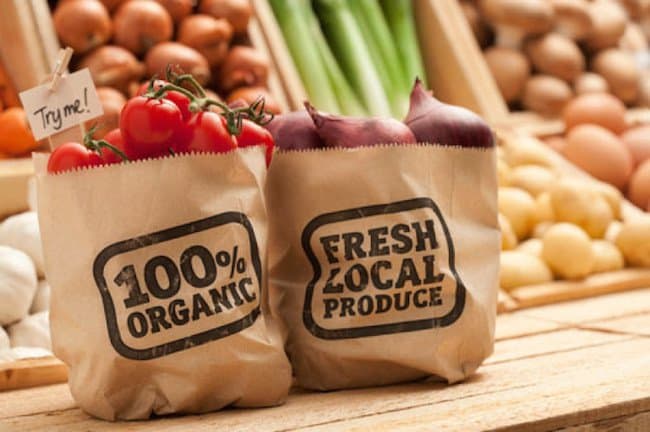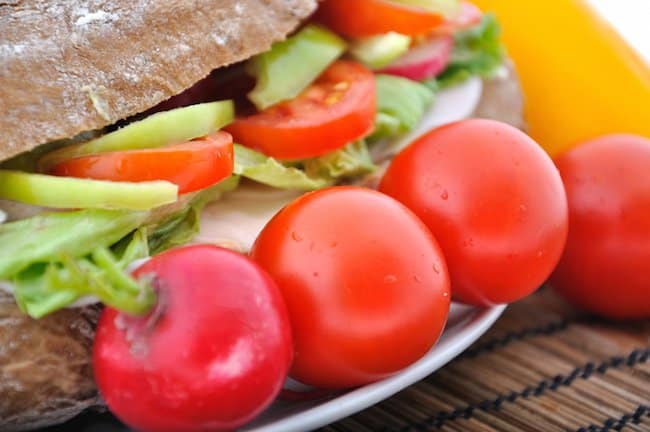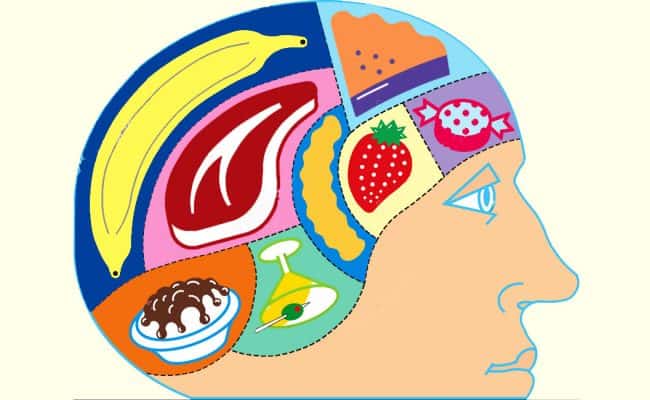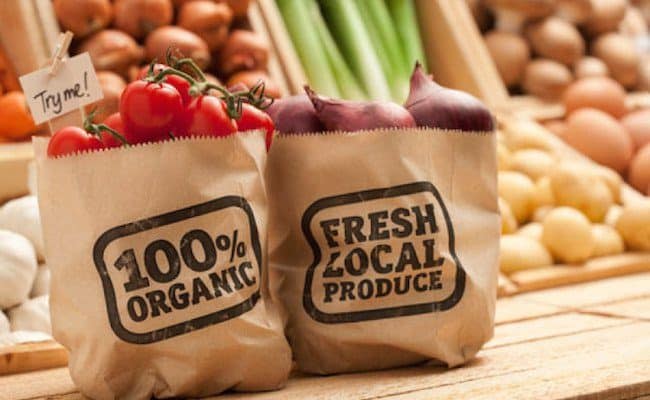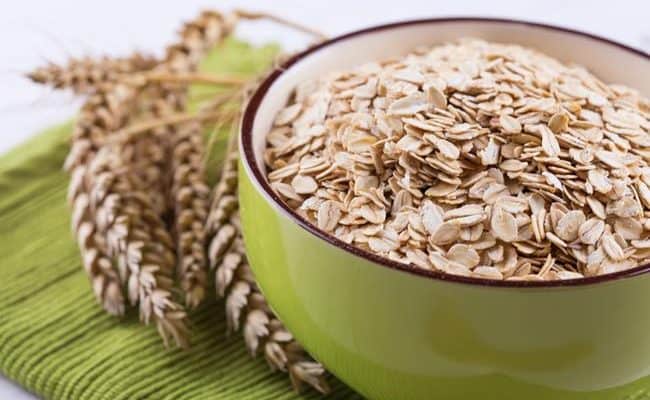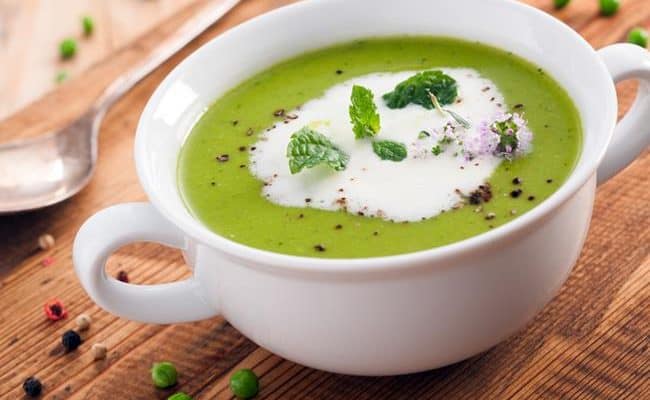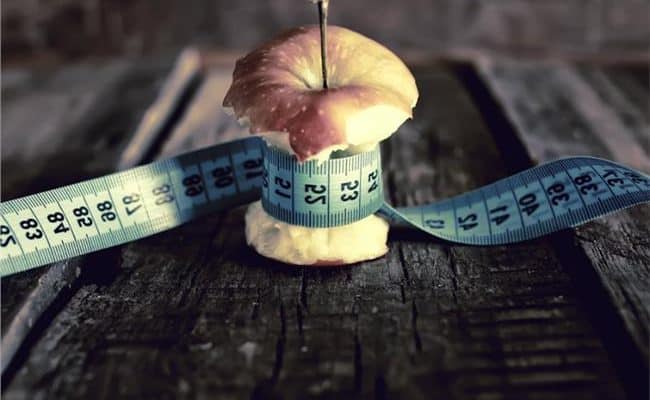
Chances are you have bought or considered buying organic food at a recent trip to the grocery store. The popularity and demand for organic foods continues to grow every year. According to Organic Consumers Association (1), demand for organic foods has grown about 20% every year.
Foods that are certified organic do not use synthetic pesticides, herbicides, GMOs, sewage sludge or ionizing radiation.
Animal products that are organic are not given antibiotics or growth hormones (2). As consumers continue to care more about how their food was grown and where it comes from, organic growing practices will probably continue to get more and more popular.
Biodynamic and organic growing practices are very similar, although organic tends to be more commonly known to consumers.
Biodynamic and organic foods both do not use synthetic pesticides or GMOs. Both farming practices emphasize sustainable use of land resources and minimize damage to soil.
Biodynamic food can be good for you; like organic food it can be lower in pesticide residue compared to conventionally grown food.
However, not everything labeled biodynamic or organic is healthy; junk food can still be labeled under these certifications.
See Also: Benefits of eating organic food
Difference between organic and biodynamic
There are many similarities between biodynamic and organic farming. One difference between the two is that biodynamic farming is seen as a self contained, self reliant living organism (3).
Organic farming can but is not always considered that. The goal with biodynamic farming is to have a balanced ecosystem.
For example, the crops are rotated and animal manure from the biodynamic farm is used for fertilizer. A biodynamic farm should be a self standing farm.
Biodynamic farming can also differ from organic farming because biodynamics includes the harvesting, planting and even consumed according to lunar cycles. This line of thinking for using the lunar cycles for guiding planting and harvesting was first started by Austrian Rudolph Steiner in 1924.
Steiner and followers of biodynamic farming believe following the lunar cycle for planting and harvesting can influence the taste and nutrition of food.
Organic farming practices do not have to follow lunar cycle for harvesting and may not always be considered a self contained farm.
In order to get certified as organic, the USDA governs the certification process. Biodynamic farming is internationally recognized (4).
Biodynamic farming needs to have land set aside as part of the farm for biodiversity such as wetlands or forests.
The entire land area needs to be certified biodynamic, whereas organic farming could be just part of a conventional farm.
Is biodynamic food good for you?
Biodynamic proponents claim biodynamic farming can produce more nutritious products due to harvesting in accordance with lunar cycle.
However, there is not current research to determine if this aspect of biodynamic farming effects nutrition and/or taste of food.
Do the other aspects of biodynamic farming, similar to organic farming, increase nutritional value?
There is some debate about whether organic farming increases nutritional value over conventionally farmed food.
However, some current meta analysis reviews have suggested organic/biodynamic farming could boost some nutritional levels of food.
A 2014 review (5) looking at over 300 studies that analyzed differences between organic and non-organic practices.
Researchers concluded after analyzing these study findings that on average, organic farming have higher antioxidant levels and lower pesticide residue levels compared to conventional farming.
A 2016 review article (6) looking at over 100 studies comparing organic to non-organic milk nutrition concluded organic milk on average has higher omega 3 levels, antioxidant α tocopherol and iron levels.
However, organic milk on average had lower selenium and iodine levels.
These studies were looking at organic farming practices, but since organic and biodynamic are so similar, the results from these studies can probably also be applied for biodynamic farming as well.
There may be some benefit from choosing organic/biodynamic foods because they may be lower in pesticide residue and higher in antioxidants.
Where can you get biodynamic food?
Biodynamic foods are still relatively uncommon in the US. Biodynamic food in the US can be compared to organic food 30 years ago (7). Biodynamic foods will probably continue to become more popular in the US in future years.
In other parts of the world, like Europe, biodynamic farming is more common. Vineyards in Europe were some of the first adapters to biodynamc farming according to a October 2016 SHAPE article
A consideration for buying biodynamic food is the idea of investing in the farm and farmer. It may be more expensive to buy biodynamic food, but if supporting farming practices that encourage biodiversity and self sustaining practices is important to you then it may be worth spending more to purchase biodynamic foods.
Conclusion
Although biodynamic food is not quite as common in the US, in other parts of the world biodynamic growing practices are more common.
Biodynamic farming is very similar to organic farming. There is no synthetic pesticides, GMOs used for biodynamic foods.
Some studies have shown that organic foods can be higher in antioxidants, lower in pesticide residues and higher in omega 3’s for milk products.
These health benefits associated with organic foods can probably be associated with biodynamic foods as well.
Biodynamic farming is meant to be beneficial for the ecosystem and a way to not drain resources from the earth.
The biodynamic farming system is meant to incorporate land set aside for biodiversity for the environment.
Besides the potential value for increased nutritional content, buying biodynamic food could help invest in farmers to support this way of farming.
